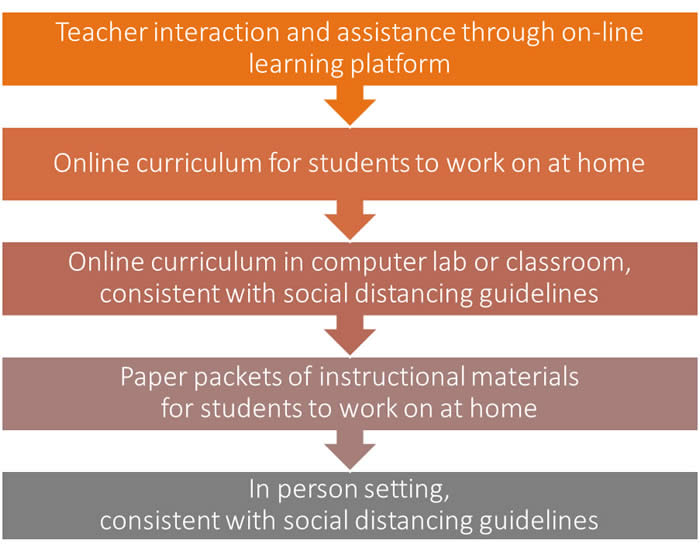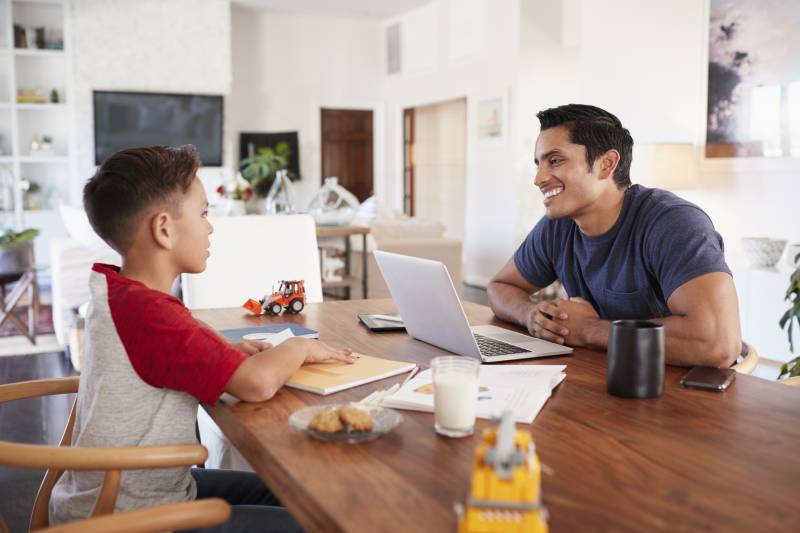Parents and educators across California who are in their first week of distance learning are now trying to plan for what's next when it comes to their children's education: schools that stay closed for the rest of the academic year due to the coronavirus pandemic.
“I don’t want to mislead you," said Gov. Gavin Newsom on Tuesday. "I would plan and assume that it’s unlikely that many of these schools — few if any — will open before the summer break."
The California Department of Education also put out new information late Tuesday giving guidance to educators across the state on the forms distance learning can take. There are still outstanding questions about waivers for testing, and how the needs of special education students will be met, but CDE does give examples of how they see distance learning working.

Add to that the Bay Area’s shelter-in-place orders, many families and caregivers are wondering how to help their children stay healthy, safe and academically on track.
We hear you – and we've answered some of those questions below, with guidance from Dr. Jenny Radesky, a pediatrician and assistant professor at the University of Michigan who authored "Media and Young Minds" for of the American Academy of Pediatrics. We've also included advice from Denise Clark Pope, senior lecturer at the Stanford Graduate School of Education and co-founder of Challenge Success, which provides schools and families with advice and support on balancing school and life.
Q: Are children at risk of COVID-19 infection?
According to early data, kids overall appear to be less susceptible to the disease, though it's not clear why.
Q: Can kids meet in small groups?
While kids aren’t at as great of risk as people in other age groups, they can still carry and spread the virus.
“Every single one-to-one interaction you might have with someone else can lead to another possible infection, which can lead to three more, which can lead to three more, which can lead to three more,” said Radesky. If parents and caregivers have the means to keep children home and isolated with them, that is the best way right now of stopping the spread of COVID-19 infection.
“We are already very much at capacity for most U.S. hospitals for what we can handle and critical care. And so every little bit that parents can do really matters,” said Radesky.
However, essential workers, such as those in the health care profession who must work can ask child care workers to watch their children at home. For those essential workers who can’t afford in-home care, certain employers, schools and community organizations will be providing child care. For example, San Francisco Unified School District is setting up emergency child care for essential workers and those with low income, with the help of park districts and libraries.
Q: How do I home-school? Where can I find help, lesson plans and practical ideas?
This crowdsourced Giant List of Ideas for Being Home with Kids ("for actual quarantine, school closures, weekend social distancing, anytime!") from the West Contra Costa Unified School District has a variety of useful tips.

